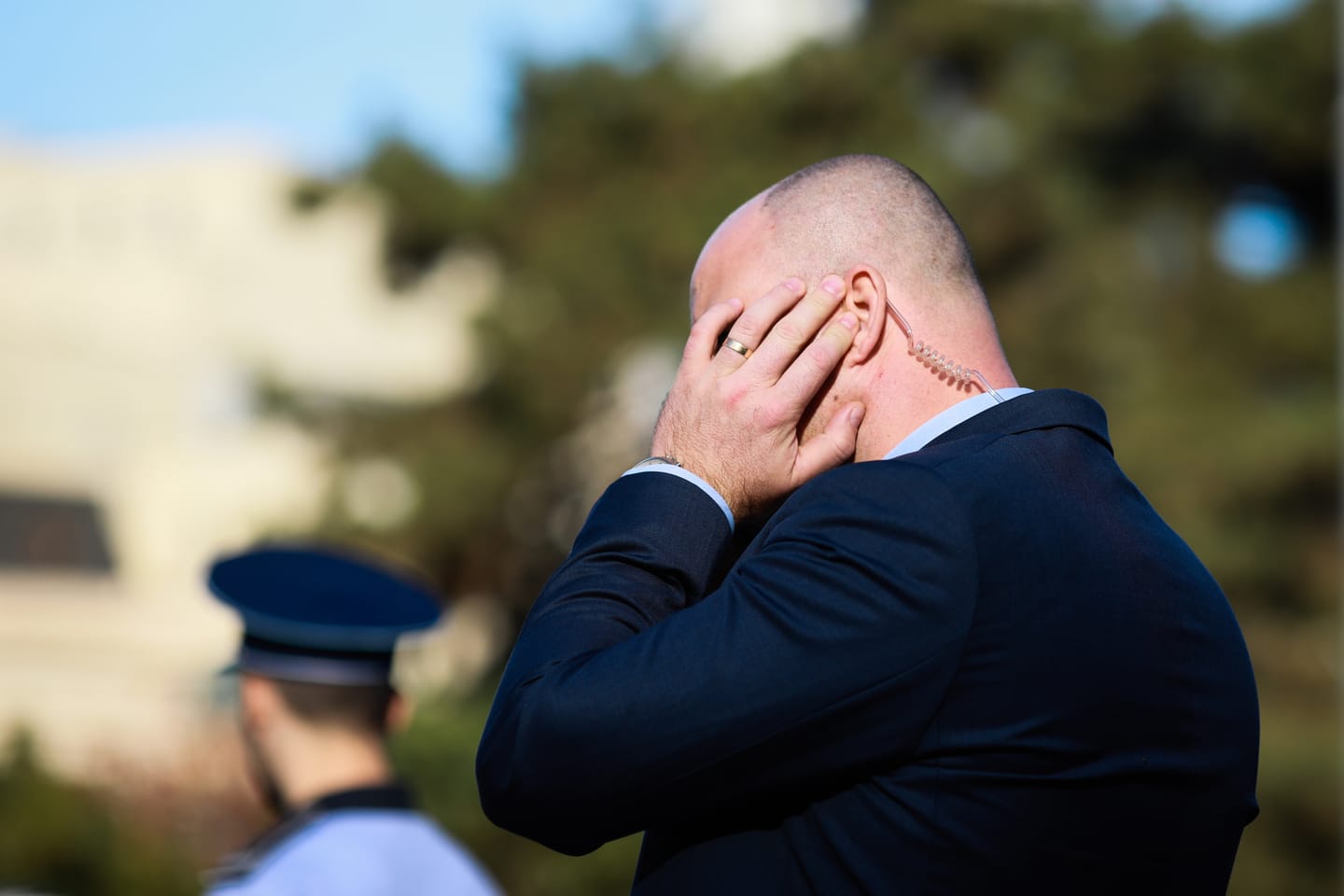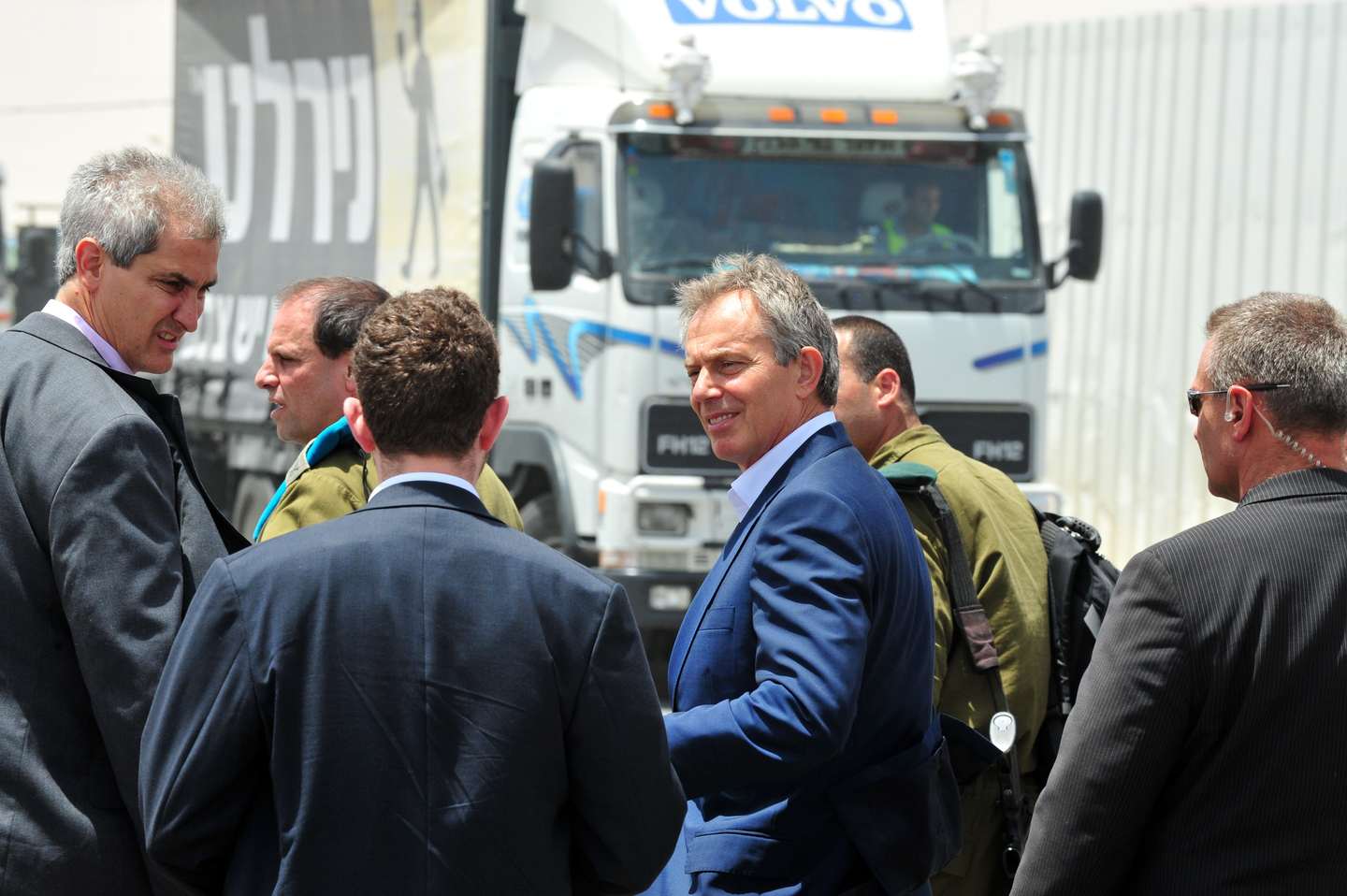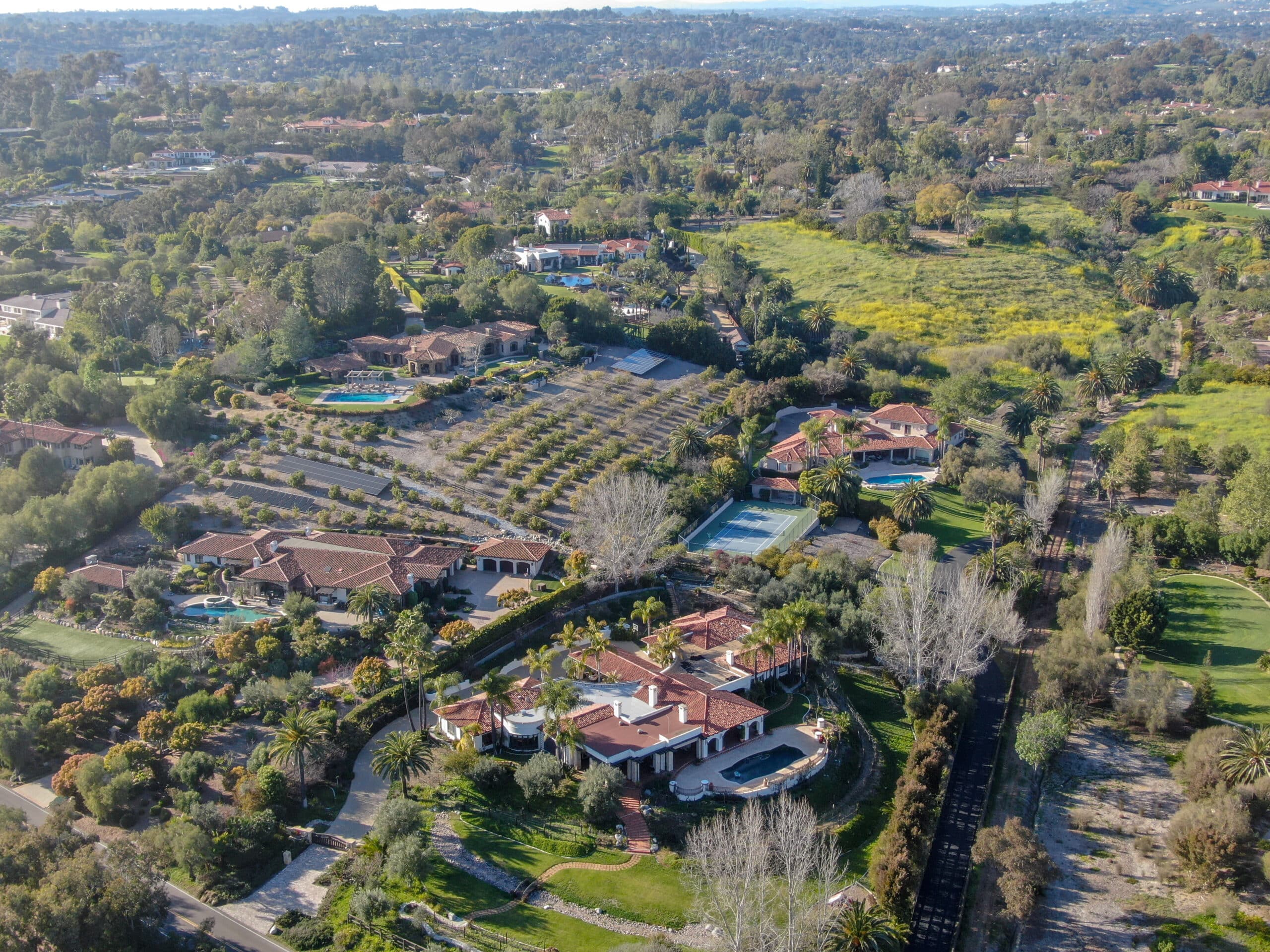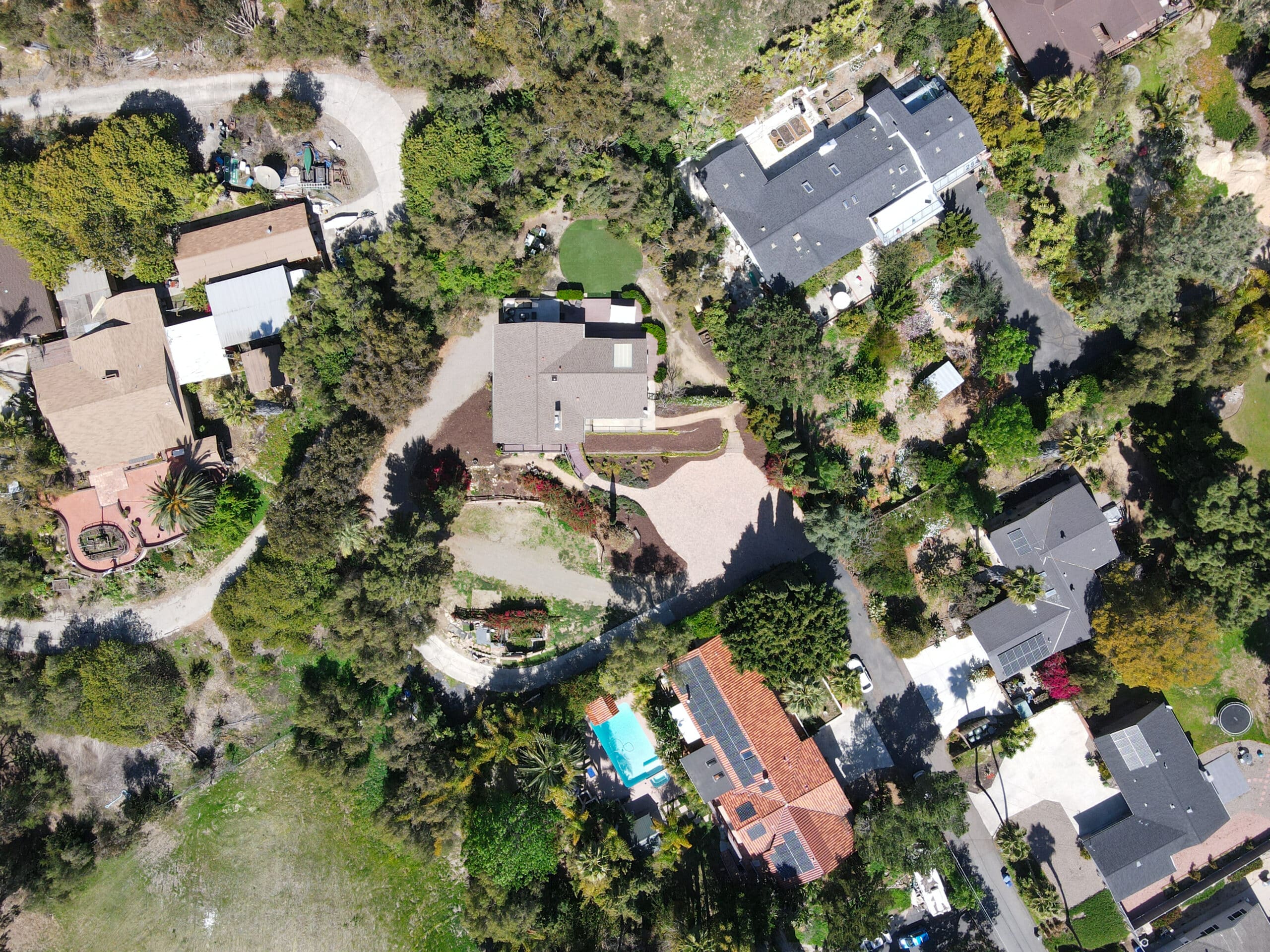Estimated reading time: 10 minutes
In high-stakes security, personal bodyguards services and VIP protection agents are pivotal. These guardians of safety stand as the first and most visible line of defense against threats, ensuring the well-being and security of individuals who face elevated risks due to their status, wealth, or occupation. This comprehensive guide delves deep into personal protection, shedding light on the multifaceted nature of this profession, from the rigorous selection and training of agents to the sophisticated strategies employed in high-risk scenarios. This article explores the intricate world of personal bodyguards and VIP protection, offering insights into the sophisticated measures that fortify the safety of high-profile individuals.
Table of contents
The Foundation of Personal Protection
The Role and Responsibilities of Personal Bodyguards
Personal bodyguards are more than mere physical barriers. They are highly trained professionals whose expertise spans a broad spectrum of security measures. Their primary role is to ensure their principals’ safety and privacy, which involves physical protection, constant vigilance, and situational awareness. Bodyguards must assess potential threats, identify vulnerabilities, and proactively mitigate risks. This includes planning safe travel routes, managing crowds, and handling unforeseen emergencies. The responsibilities of a personal bodyguard are vast and demand a combination of physical prowess, mental acuity, and unwavering dedication.
Training and Skill Development
The foundation of adequate personal protection lies in rigorous training and continuous skill development. Bodyguards undergo extensive training that covers close combat techniques, firearms proficiency, first aid, and defensive driving. However, the training continues after physical skills. Bodyguards must also be adept at communication, conflict resolution, and decision-making under pressure. Advanced training modules include courses in behavioral analysis, electronic surveillance countermeasures, and cyber security. This ensures that bodyguards are prepared to counter physical and digital threats. The goal is to develop a well-rounded protector capable of adapting to the ever-evolving landscape of security challenges.
Understanding the Principal: Customizing Protection Strategies
A critical aspect of personal protection is understanding the unique needs and lifestyle of the principal. Bodyguards must be attuned to the preferences, schedules, and potential risk factors associated with the individual they protect. This requires a thorough assessment of the principal’s professional and personal engagements, identifying potential vulnerabilities and points of exposure. Based on this assessment, bodyguards often collaborate with other security professionals to develop customized protection strategies. These strategies evolve in response to changing threat landscapes and the principal’s shifting priorities. This ensures that the level of protection is always in sync with the perceived level of risk.
Advanced Operational Tactics
Surveillance and Counter-Surveillance Techniques
In the realm of personal protection, knowledge equals safety. Hence, bodyguards employ sophisticated surveillance and counter-surveillance techniques to detect and deter potential threats. Surveillance involves monitoring environments and individuals who may pose a risk to the principal. This can be achieved through physical observation or technological means, such as security cameras and electronic monitoring devices. Conversely, counter-surveillance aims to prevent adversaries from observing or predicting the principal’s movements, thus reducing vulnerability to attacks. Techniques include route randomization, employing decoys, and using technology to detect and neutralize electronic surveillance. Mastery of these techniques allows bodyguards to anticipate and neutralize threats before they materialize. Maintaining a proactive rather than reactive stance toward the principal’s security.
Crisis Management and Emergency Response
Despite meticulous planning and preventive measures, crises can arise. The bodyguard shifts to crisis management and emergency response in such high-pressure situations. This involves quickly assessing the situation, identifying the best action, and executing it precisely to safeguard the principal. Bodyguards must be trained in emergency first aid, evacuation procedures, and crisis negotiation. They should also be familiar with the principal’s medical history and any specific requirements they may have. Communication is crucial during crises. Bodyguards must maintain clear and constant communication with each other, the principal, and external emergency services. The ability to remain calm under pressure, make swift decisions, and take decisive action distinguishes an average bodyguard from an exceptional one.
Technological Integration in Protective Services
Integrating technology in protective services has opened new frontiers in personal security. Bodyguards now leverage a variety of technological tools to enhance their protective capabilities. This includes advanced surveillance systems, GPS tracking, cyber security measures, and secure communication platforms. These technologies enable bodyguards to monitor threats, track the principal’s location, secure sensitive information, and communicate discreetly and securely. However, reliance on technology also introduces vulnerabilities, particularly in cyber security. Therefore, bodyguards must be proficient in using technological tools and aware of their limitations and potential risks. Regular training in the latest security technologies ensures that bodyguards remain at the forefront of the digital security landscape.
Risk Assessment and Security Planning
Comprehensive Threat Analysis
A cornerstone of adequate personal protection is the ability to conduct comprehensive threat analysis. This process involves identifying and evaluating potential risks that could jeopardize the safety of the principal. Bodyguards, often in collaboration with security analysts, scrutinize various factors, including the principal’s public profile, previous threats, and patterns of risk associated with their activities and locations they frequent. The analysis extends to evaluating geopolitical situations, local crime rates, and specific event-related risks. This meticulous approach to threat analysis enables bodyguards to anticipate potential scenarios and formulate strategies to mitigate identified risks, ensuring a proactive stance in the principal’s security planning.
Security Planning and Coordination
Following a thorough threat analysis, the next step involves meticulous security planning and coordination. This phase translates the insights gained from the threat analysis into actionable security measures. Bodyguards collaborate with other security professionals to design comprehensive protection plans, which include detailed protocols for routine activities, travel, public appearances, and private events. Effective security planning also involves liaising with local law enforcement, event organizers, and venue security to ensure a cohesive and coordinated effort. Every aspect of the plan must be scrutinized, from transportation logistics to emergency evacuation routes, ensuring that the security measures are robust, adaptable, and inconspicuous to blend with the principal’s lifestyle.
Continual Reassessment and Adaptation
Personal protection is dynamic, with new threats and challenges emerging continually. Hence, the process of risk assessment and security planning is always dynamic. Bodyguards must constantly reassess the security measures in place, taking into account any changes in the principal’s profile, emerging threats, or incidents that may alter the risk landscape. This constant vigilance ensures that the protective strategies remain relevant and practical. Adaptation is critical, and bodyguards must be prepared to modify security plans swiftly in response to new information or changing circumstances. Regular drills, scenario planning, and feedback mechanisms are integral to this process, ensuring that bodyguards and the principal are prepared for any eventuality.
Close Protection in Transit

Securing Transportation and Travel Routes
Transportation presents unique challenges and vulnerabilities in the realm of close protection. Ensuring the safety of the principal during transit requires meticulous planning and execution. Bodyguards must thoroughly assess transportation modes, whether vehicles, private jets, or any other means of travel. This involves checking the vehicle’s integrity, ensuring the presence of necessary security features, and vetting the personnel engaged in transportation, such as pilots or drivers. Planning travel routes is equally crucial, considering alternative routes, traffic patterns, and potential choke points where the principal might be vulnerable. The goal is to create a secure bubble around the principal during transit, minimizing exposure to risks and ensuring swift action can be taken in an emergency.
Protective Driving and Convoy Operations
Protective driving is a specialized skill beyond mere proficiency in handling a vehicle. Bodyguards trained in protective driving are adept at maneuvering through traffic to avoid threats, using evasive driving techniques when necessary, and ensuring the principal’s car is never placed in a vulnerable position. Convoy operations add a layer of security during transit, with multiple vehicles used to secure the principal. This requires precise coordination, communication, and practice to execute effectively. The convoy must be able to respond as a cohesive unit to threats, maintaining the integrity of the protective formation while ensuring the principal’s vehicle remains secure and mobile.
Managing Incidents and Emergencies in Transit
Despite the best-laid plans, incidents and emergencies can occur during transit. Bodyguards must be prepared to manage these situations swiftly and efficiently to ensure the principal’s safety. This involves having a well-practiced emergency response plan, which includes protocols for medical emergencies, attacks, or vehicle breakdowns. Quick decision-making is crucial, whether transitioning to an alternate route, moving the principal to a safe house, or coordinating with local authorities for support. Bodyguards must also be skilled in providing first aid and other forms of immediate assistance while maintaining communication with the rest of the security team and external emergency services. The ability to manage incidents effectively under the dynamic and often high-stress conditions of transit is a testament to the bodyguard’s skill and preparedness.
Protective Surveillance and Intelligence Gathering
The Role of Protective Surveillance
Protective surveillance is a covert method bodyguards employ to create a security buffer around the principal without the obtrusiveness of overt security presence. This technique is beneficial in scenarios where a low profile is desired or in environments where overt security may draw unwanted attention. Agents skilled in protective surveillance blend into the surroundings, maintaining a discreet yet vigilant watch over potential threats. This layer of surveillance allows for the early detection of suspicious activities or individuals, providing the opportunity to intervene before a threat materializes. The success of protective surveillance hinges on the agents’ ability to remain inconspicuous while maintaining a constant and keen observation of the environment.
Intelligence Gathering and Analysis
In the domain of personal protection, information is a critical asset. Bodyguards and security teams invest considerable effort in gathering and analyzing intelligence that could impact the principal’s safety. This involves monitoring various sources, from social media and online platforms to local intelligence networks. The aim is to stay informed about potential threats, including stalking behaviors, planned protests, or hostile reconnaissance against the principal. Intelligence gathering is not passive; it requires active probing, verification, and analysis to distinguish credible threats from benign information. The insights from this process inform the security strategy, enabling bodyguards to anticipate potential risks and adapt their protective measures accordingly.
Liaison with Law Enforcement and Security Agencies
Adequate personal protection often involves collaboration and liaison with local law enforcement and security agencies. This partnership ensures bodyguards access to broader intelligence networks and support during high-risk situations. Establishing a solid working relationship with these agencies can prove invaluable, mainly when operating in foreign jurisdictions or large-scale events where the security landscape is complex and multifaceted. Bodyguards may coordinate with local authorities for background checks, risk assessments of venues, or during emergency response situations. Mutual understanding and respect between private security personnel and law enforcement agencies enhance the overall security apparatus, ensuring a layered and comprehensive approach to the principal’s protection.
Advanced Personal Protection Equipment and Technology
Cutting-Edge Protective Gear
Personal protection has seen significant advancements in the gear and equipment used to safeguard principals. Modern bodyguards are equipped with more than just firearms and bulletproof vests. Today’s protective gear includes lightweight, flexible body armor with high-level protection without compromising mobility. Helmets and protective eyewear are designed to protect against ballistic threats while ensuring clear vision and communication. Even clothing and accessories are enhanced with protective features, such as stab-resistant fabrics and GPS-enabled watches. This gear is continuously evolving, driven by technological innovation and a deep understanding of the practical needs of bodyguards in various operational scenarios.
Technological Tools and Surveillance Equipment
Technology plays a pivotal role in modern personal protection strategies. Bodyguards utilize sophisticated tools to maintain situational awareness and communicate securely. Surveillance equipment such as high-definition cameras, night vision optics, and thermal imaging devices allow for constant monitoring of the environment, even in low-light or obscured conditions. Advanced communication tools ensure a discreet and encrypted exchange of information, vital for coordinating movements and responding to potential threats. Additionally, personal protection teams often employ counter-surveillance devices to detect and neutralize electronic eavesdropping, ensuring the privacy and security of sensitive conversations.
Integration of Cybersecurity Measures
In an era where digital threats are as prevalent as physical ones, cybersecurity has become an integral component of personal protection. Bodyguards must know their principals’ digital vulnerabilities, from hacking and data breaches to online harassment. As such, they work closely with cybersecurity experts to secure communications, protect sensitive information, and safeguard digital assets. This includes employing secure networks for communication, using encrypted devices, and implementing robust cybersecurity protocols. Regular cyber threat assessments and training in digital hygiene practices are also essential to mitigate the risk of cyber-attacks, ensuring a comprehensive protective shield around the principal.
Conclusion
In conclusion, “Guardians of Safety: The Essential Guide to Personal Bodyguards and VIP Protection” not only serves as a testament to the complex and demanding nature of personal protection but also as a tribute to those dedicated professionals who embody the spirit of this critical calling. Their unspoken oath to protect and serve fortifies the fabric of security, ensuring that peace and safety reign supreme in the lives of those they are sworn to protect.












